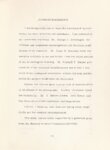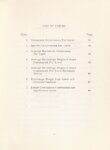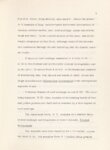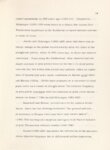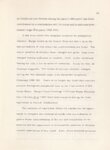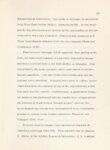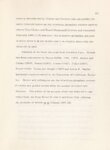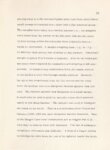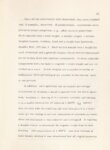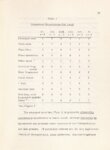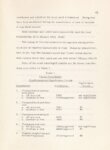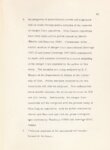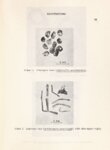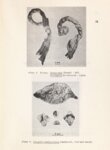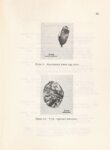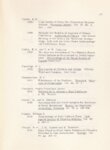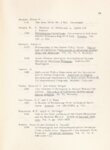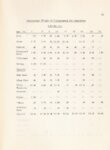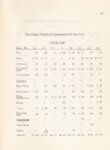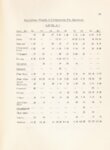| Description |
Forty-three coprolites from Danger Cave, Utah were analyzed. The specimens represent the Desert Archaic lifeway of seasonal, nomadic hunting and gathering. The samples are from all levels at Danger Cave spanning a period of time from 9,500 B. C. to 20 A. D. The analysis involves soaking the specimens in an aqueous solution of trisodium phosphate and screening them through graded geological sieves. The recovered materials are then dried and separated into meal components which are weighed. Statistical linear correlations between components show that Significant relationships exist which are consistent with the Desert Archaic food preparation techniques of milling and parching. The study demonstrates that human ecological adaptation in the Wendover area of the eastern Great Basin was gradually cumulative. A diet gradually increasing in complexity while showing a decrease in the utilization of seeds is revealed. The use of the same food resources throughout nearly 10,000 years shows that any changes in diet were minor and that no cultural adaptation to major climatic change was necessary. |



